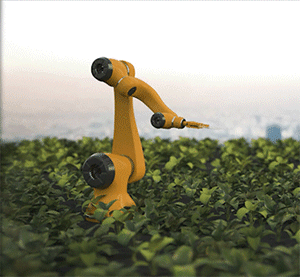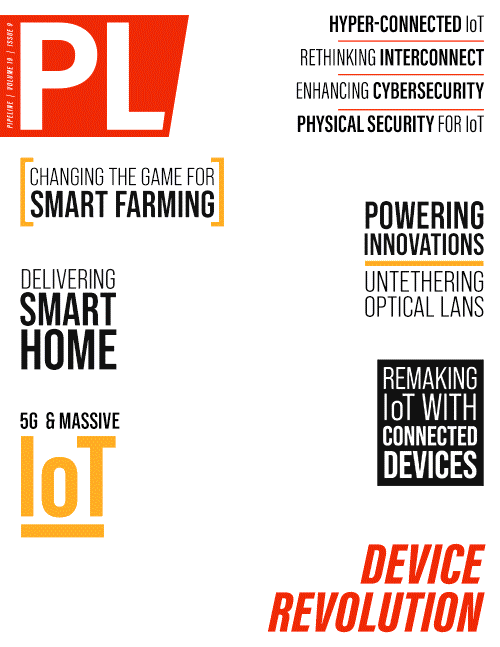Letter from the Editor

There are over 8 billion people on planet Earth today. That’s a lot of mouths to feed. To make matters worse, the annual population growth rate has been decreasing year over year since 1969—from over 2 percent to under 1 percent in 2022. And that doesn’t include the nearly 7 million additional deaths that have occurred over the last three years as a result of the COVID pandemic. While a slowing global population growth may seem somewhat positive for the planet, fewer qualified and able-bodied workers draws into question who’s going to take care of the 8 billion of us, the economy, or world in the days to come.
The 2020, United States Census showed that nearly 75 million Baby Boomers had reached the retirement age of 65, followed closely by their children—the second largest population group. Add to that people are living longer—between 73 years for men, and 75 years for women—and it significantly shifts the scales for employment, economics, government programs, healthcare, and more. Attempts to increase the retirement age have literally led to rioting in the streets, and assassination attempts. It’s just not sustainable.
It's then no wonder that the world is rushing to generative artificial intelligence (AI), robotics, and a proliferation of IoT and connected devices. The simple fact is that we need help, and help is on the way. Specifically, an army of almost 17 billion connected devices is already here, and growing at an impressive clip. Many of these devices—like our connected smartphones, doorbells, appliances, and smart cars—we rely upon every day. Other IoT devices, like connected medical implants and robotic surgery tools can make the literal difference between life and death.
It may be mission critical for humanity to get IoT right. IoT use cases such as precision farming are changing the game in agriculture, to provide more food for a still-growing global population. IIoT is changing manufacturing, to protect the health of human workers and to provide unprecedented levels of automation. Network technologies such as Passive Optical Networking (PON), 5G, and 6G are being deployed to create greater sustainability. These billions of connected devices and each individual use case comes with its own set of demands and unique requirements: from connectivity to power, to interoperability, to security and other important considerations. Many of these implications must be contended with to harness the full power of IoT; and unlock the innovation that will pave the way to a better future for all mankind—which makes this edition so important.
In this issue of Pipeline, we explore the world of IoT and the connected-device revolution. Tellabs tells us how PON is being used to unlock IoT innovation and remove physical network limitations and enable greater sustainability. Telit discusses the best practices, connectivity, and 5G technologies for delivering massive IoT. Fortress Solutions looks at how the explosion in connected devices is bringing connectivity closer and farther than ever before, and how to best manage hyper-connected IoT. DE-CIX covers how connected devices are redefining edge networks and computing for IoT, smart cities, healthcare, and more. Intelsat examines how satellite connectivity is enabling precision farming and Agriculture 4.0. Gamgee explores how CSPs, NEMs, and ISVs are revolutionizing the smart-home experience with AI, Wi-Fi, and cybersecurity. Genetec presents best practices for data centers and enterprises for streamlining physical security. OneM2M investigates interoperability standards being adopted by big brands to enable IoT, IIoT, and smart homes. The Trusted Computing Group delves into standards to close the IoT cybersecurity gap and mitigate risks related to exploitation of embedded systems and firmware. All this, plus the latest telecom and technology news, and more.
We hope you enjoy this and every issue of Pipeline.
Scott St. John
Managing Editor
Pipeline



















